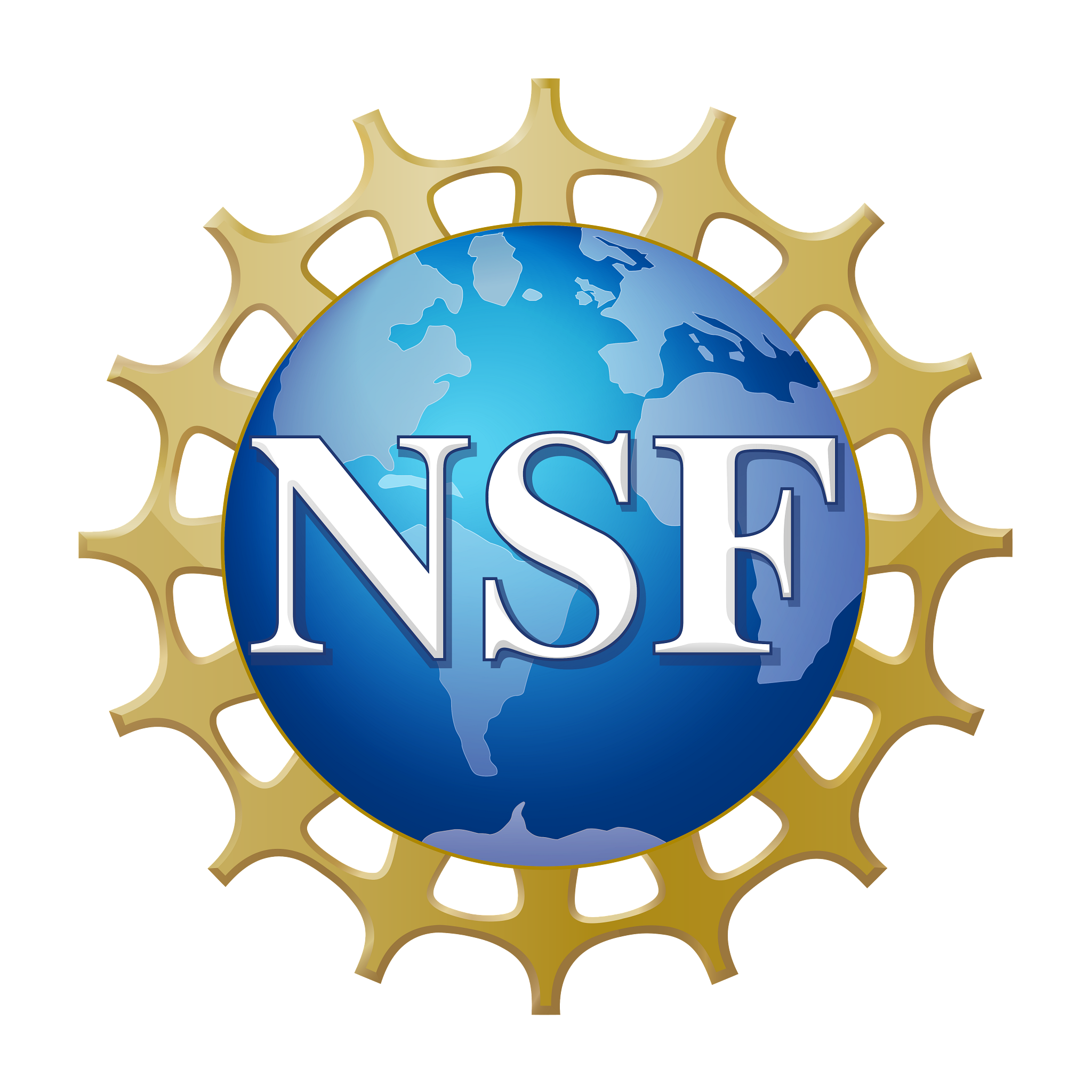-
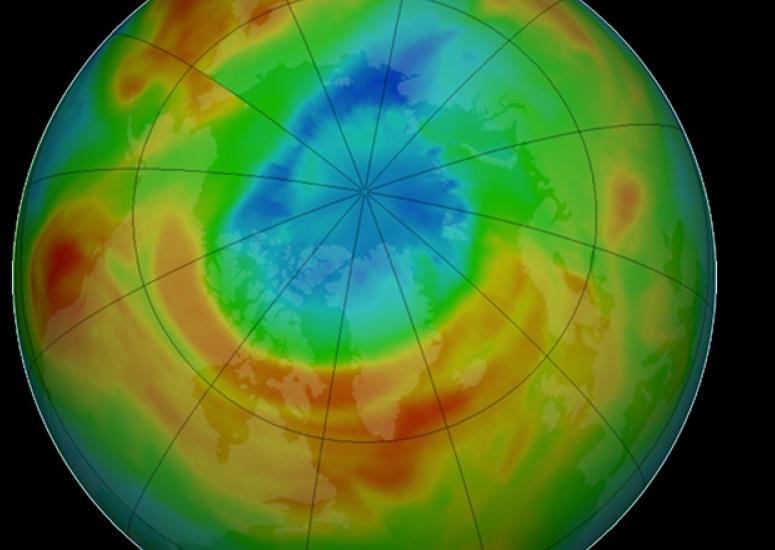
Chlorine makes a comeback
A circulation change has boosted concentrations of hydrogen chloride (HCl), the main reservoir of chlorine in the stratosphere, by several percent over much of the Northern Hemisphere since 2007.
- Air Quality
-
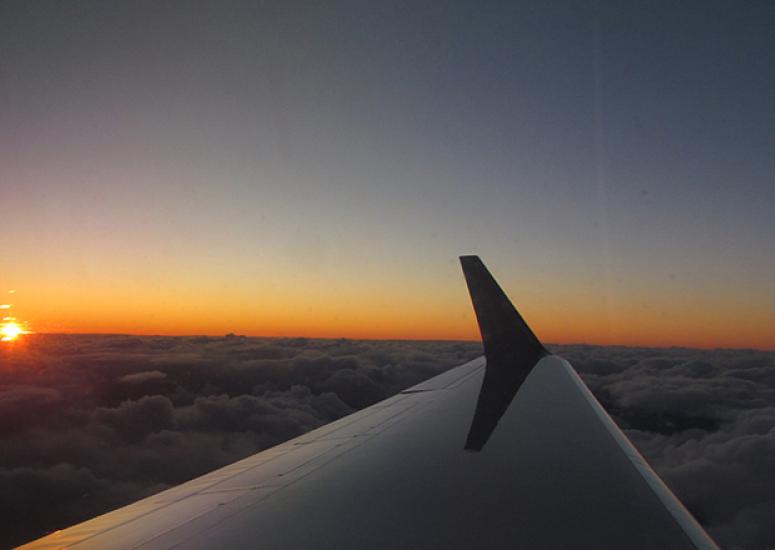
Where's the atmosphere's self-cleaning power?
In a surprising finding, a research team concludes that the dominant "detergent" in the atmosphere is equally abundant in the northern and southern hemispheres.
- Air Quality
-
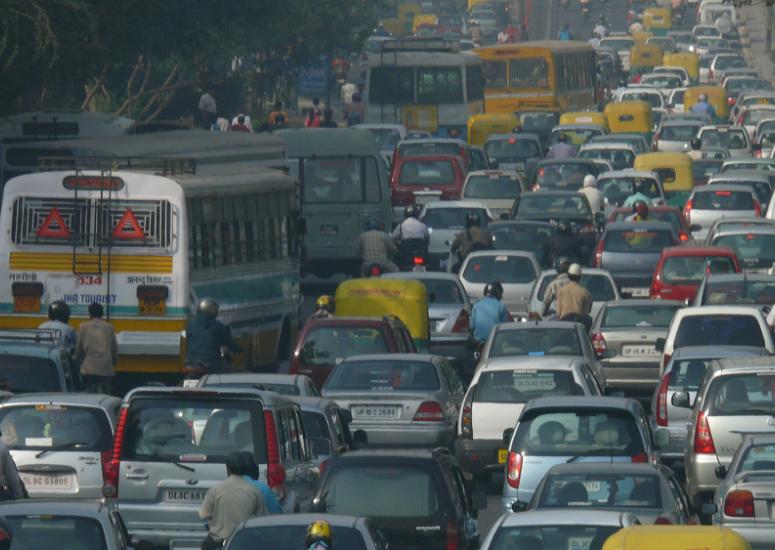
Ground-level ozone's toll in India
Ozone pollution in India is damaging millions of tons of the country’s major crops, according to a new study by an international team of researchers. The pollution caused losses of more than $1 billion in a single year, destroying enough food to feed an estimated 94 million people.
- Air Quality
-
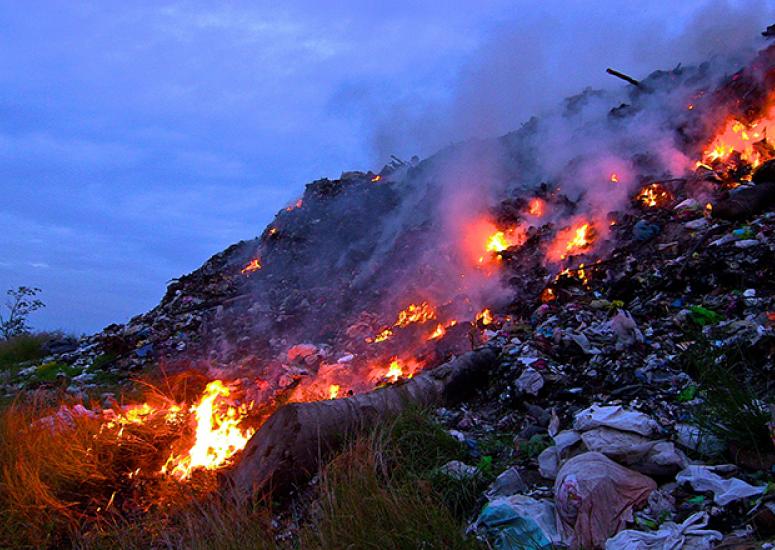
Trash burning worldwide significantly worsens air pollution
An estimated 40 percent of the world's waste is burned in unregulated fires, emitting pollutants that can harm human health and the environment.
- Air Quality
-
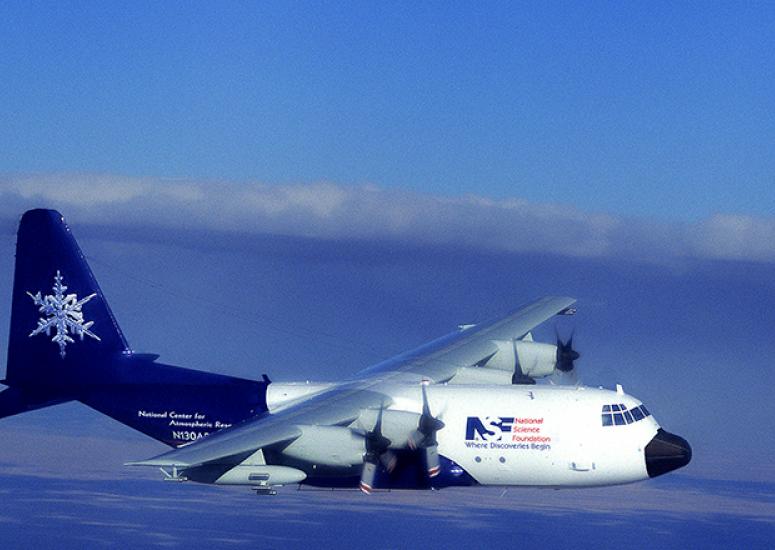
Scientists launch far-ranging campaign to detail Front Range air pollution
Researchers at NCAR and partner organizations this summer are using aircraft, ground-based sensors, computer models, and other tools to track the origins of summertime ozone, a significant health threat.
- Air Quality
